How curious it is to step inside a sprawling air-conditioned room inside a two-centuries-old building of a legendary social reformer of British-era Bengal and to find inside 150 year-old bombs of various sizes and shapes laid out before you. A goosebump-inducing experience for sure! But then, that’s exactly how experiences of visiting museums should be.
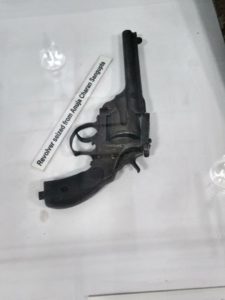
The 2,000 square feet Kolkata Police Museum on Acharya Prafulla Chandra Roy Road is housed inside one of Raja Ram Mohan Roy’s personal mansions with wooden staircases and Corinthian pillars. Earlier devoted to three galleries, it now has eight galleries showcasing memorabilia of the police force depicting the evolution of the law-keeping body right from the conception of the city in the 1600s to its present day metropolitan standing.
One can find archived such pieces of history that talk of the nation’s troubled past and the police force’s rich history.
Inside the very same glass enclosure where the bombs lie on display, there is a book of law in utter dilapidation showcasing a curiously innovative book bomb, bored into a volume of thousand pages. It was made by Hemchandra Das (one of revolutionary Aurobindo Ghosh’s allies in the famous Alipore Conspiracy Case and member of the revolutionary nationalist group, Anushilan Samity) and was sent to the then magistrate of Calcutta, D. H. Kinsford. It was another of the failed attempts to assassinate the man who used to be much in the disfavour of the young revolutionaries of the early 1900s.
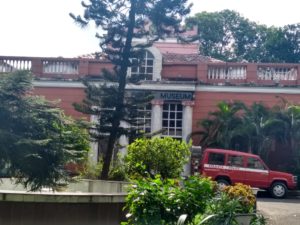
Nationality, authority and allegiances
Inside another enclosure there is a six-chamber Webley revolver recovered from the young nationalist Jogendradas Bhattacharjee during the Pathuriaghata Street raid, iron and brass bomb shells, and a broken car door of British officer Charles Tegart whose vehicle they had been thrown at. Pathuriaghata Street was a safe hub for the young revolutionaries of Bengal during 1916-17.
The sensation of blood-curdling mutiny and a consequent excitement produced by such a national past is immediately defused by a very poignant letter written by revolutionary Dinesh Gupta (of the Binay-Badal-Dinesh nationalist trio, in honour of whom Kolkata has a square dedicated) to his mother and sister while he was in jail waiting to be hanged.
The Kolkata Police as an institution has an intriguing history. Once bearing allegiances to the British, seen in retrospect, the institution had its duty to safeguard the interests of the colonisers. After 1947, the police became an autonomous unit of the country serving its people that had once launched several attacks on Indian officers in a force reporting to their British superiors.
As one goes through the galleries, a queer-looking aluminium bomb comes up on display. It had been used to launch an attack on Charles Tegart, the Commissioner of Calcutta Police in 1930.
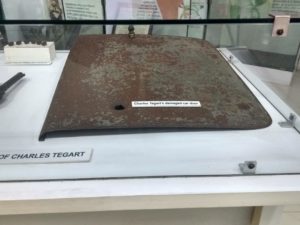
Next to it there’s a photograph of Surendra Nath Chatterjee, the first Commissioner of Calcutta Police post-Independence. It is strange to contemplate the fact that young Surendra Nath’s father, Basanta Chatterjee was a Deputy Superintendent under British India who had lost his life to mob violence by the nationalists. His bodyguard too was killed in the attack. When the government had changed, his son became a public servant of the very same citizens who had killed his father. This evolution of the institution over the ages can cause one to reflect on the notions of nationality, authority and allegiances.
Contemporary times
Crossing over to a little more contemporary times, my guide explains to me with special fervour about a particular iron nailed belt that would be used as a punishing whip by gangsters in the 1970s. “The victim would die of septicemia once hit by this lethal belt,” he explains.
The police officers in charge of maintaining the museum are extremely enthusiastic about the historic pieces devoted to their care and preservation. The guide there might even be a bit offended if you do not ask the difference between a revolver and pistol, a subject he is amply knowledgeable and enthusiastic about.
The second floor of the museum has 64 declassified files on Netaji Subhash Chandra Bose. It carries all information about the police surveillance that had been carried out on Bose prior to his house arrest and escape. The Museum has been sincere enough to archive soft copies of those files for research scholars or the likes as the hard copies are prone to damage on constant handling.
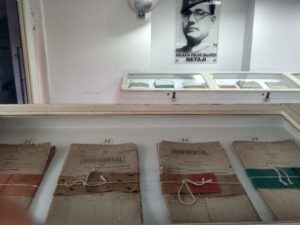
Not just for museum-enthusiasts
Could there be fear or doubt among people regarding a museum preserved by the Police because of which individuals, especially museum enthusiasts, visit the place in really small numbers? The majority of tourists that the museum attracts is among those on school or college trips or brought to the place in groups by government based tourist organisations.
However the two storey museum housed inside this fine piece of heritage architecture on Acharya Prafulla Chandra Roy Road, is one of the most modernized and state of the art facilities. For instance, Kolkata Police – in charge of maintaining the museum – has planned to install audiometric device for each gallery, the installation of which remove necessities of manual guidance and provide a technical roundup of the requisite information one needs to have about each section.
The Kolkata Police Museum is a true delight for any history enthusiast, student or museum-freak. It receives little exposure due to lack of a central location unlike the more popular museums of Kolkata but hidden in the northern corners of the city, it is like one of those little-known heritage gems that lose out to the ever-speeding pace of life in the city. However connoisseurs of all things old shall have an assuredly delightful time here.

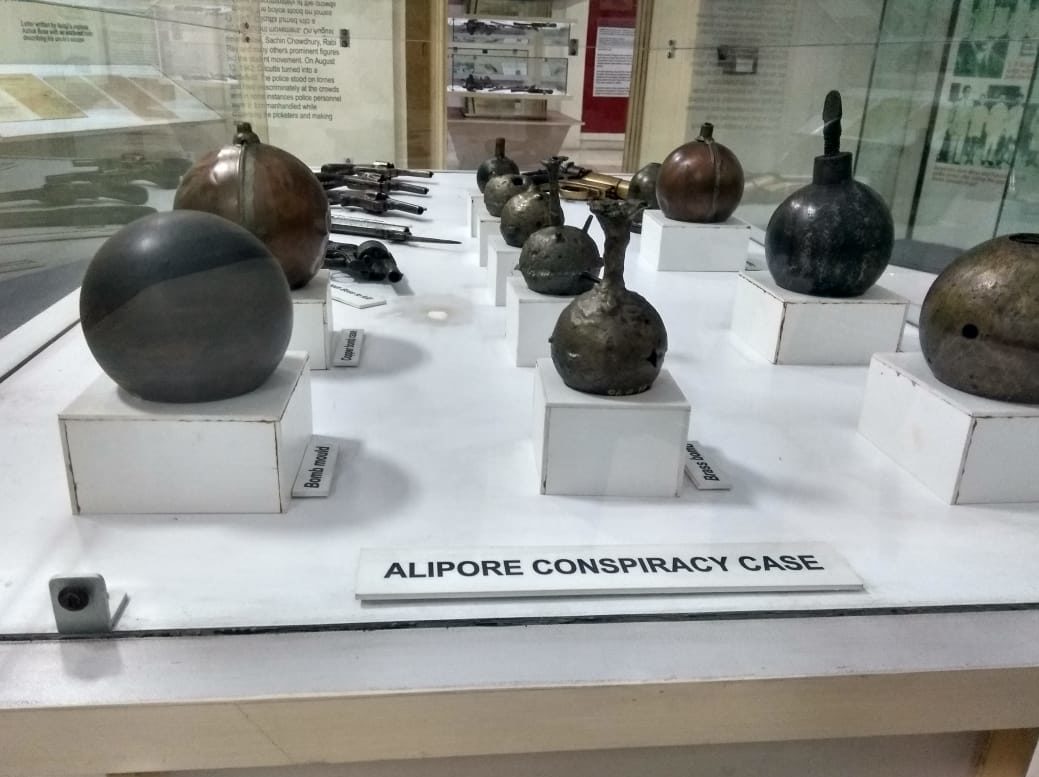
Comments are closed.